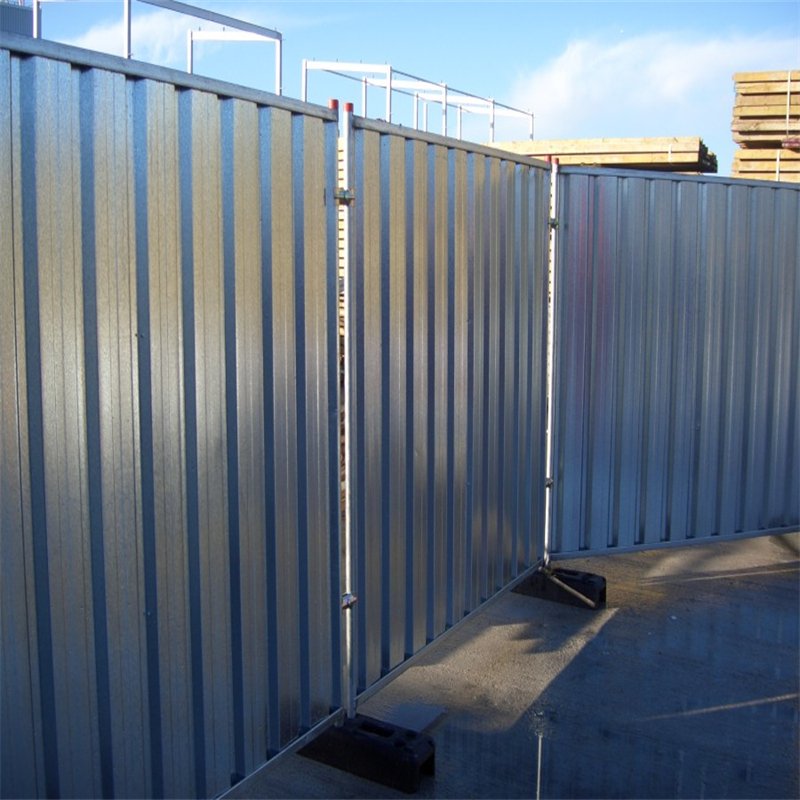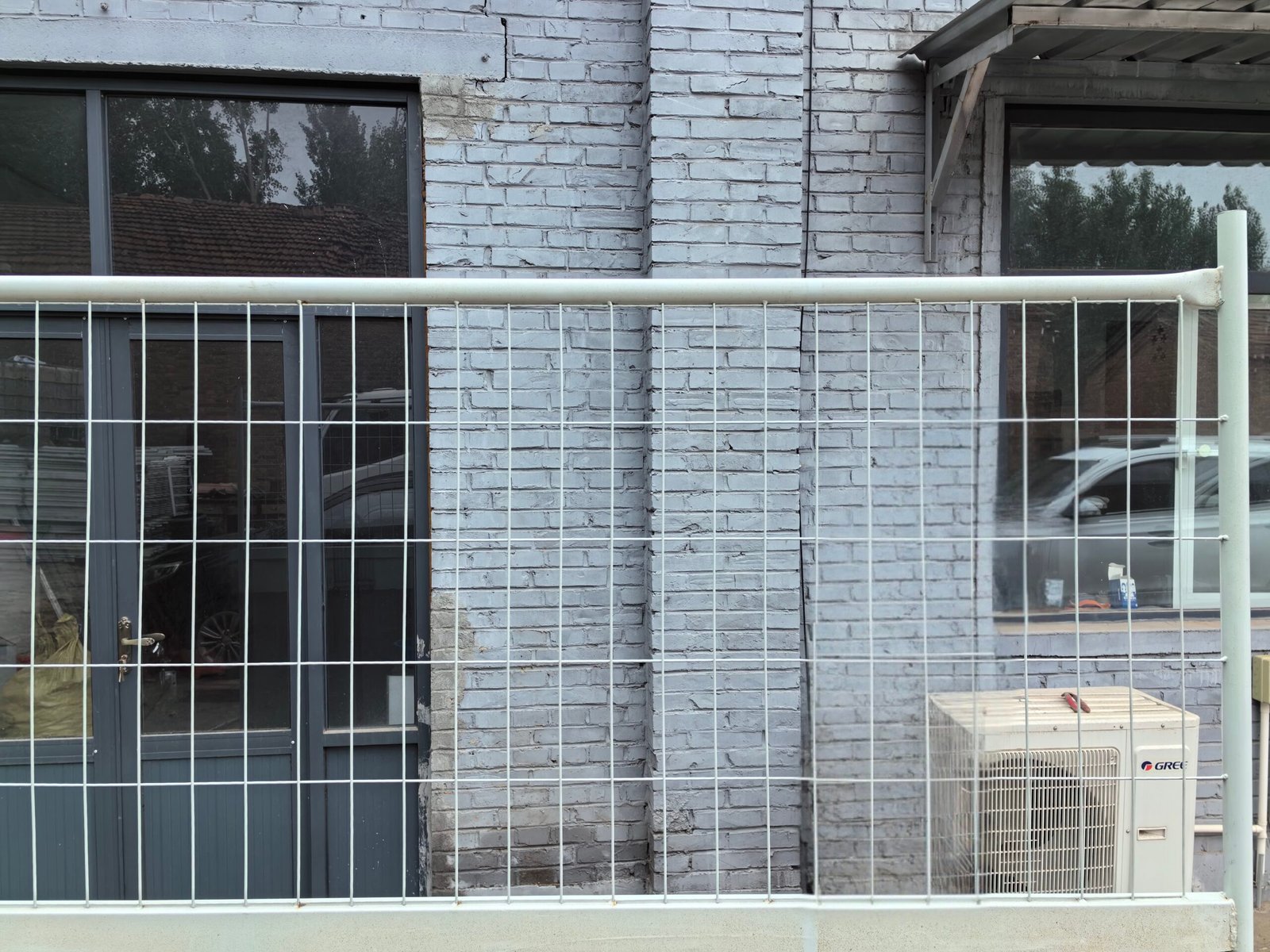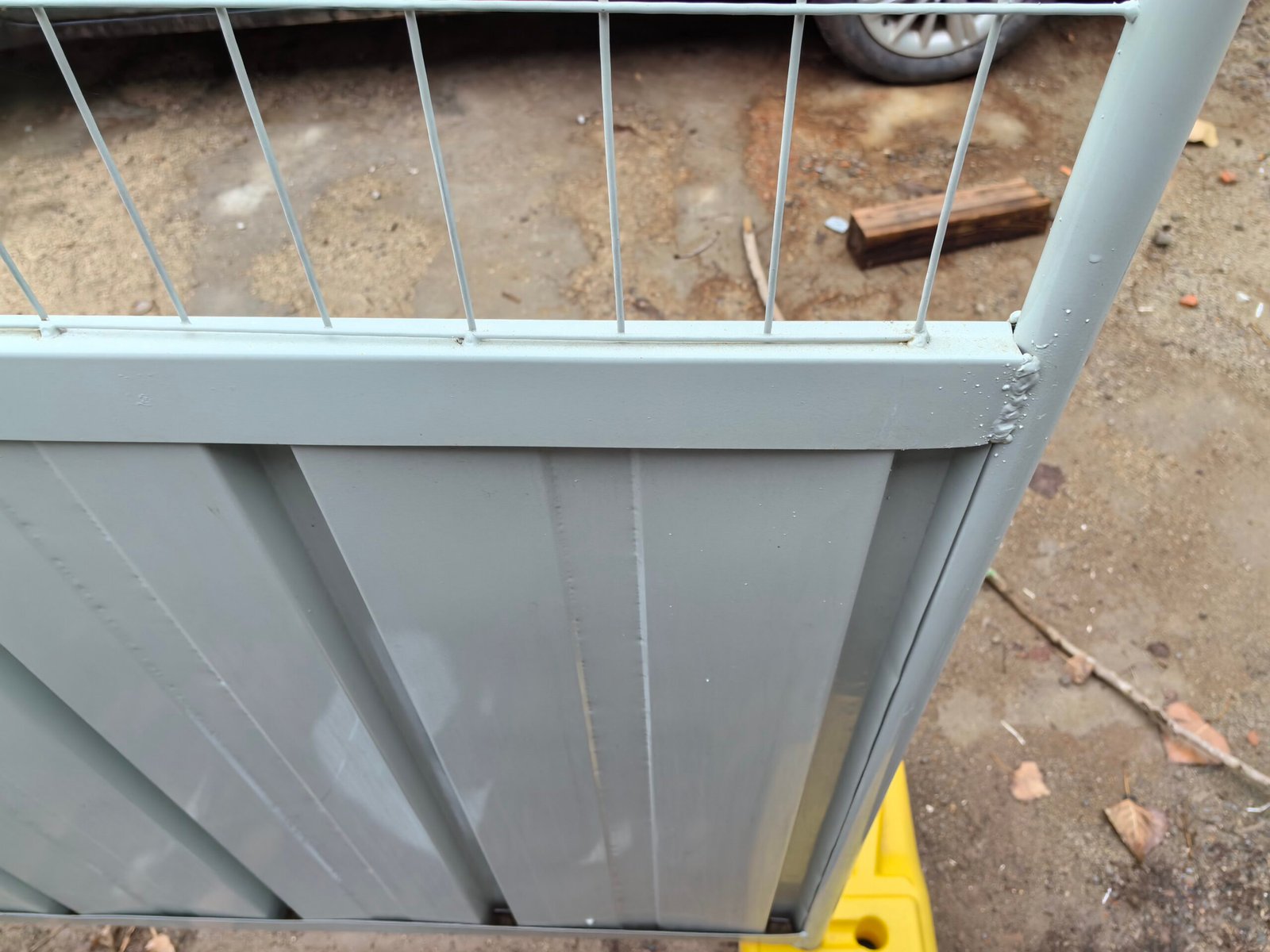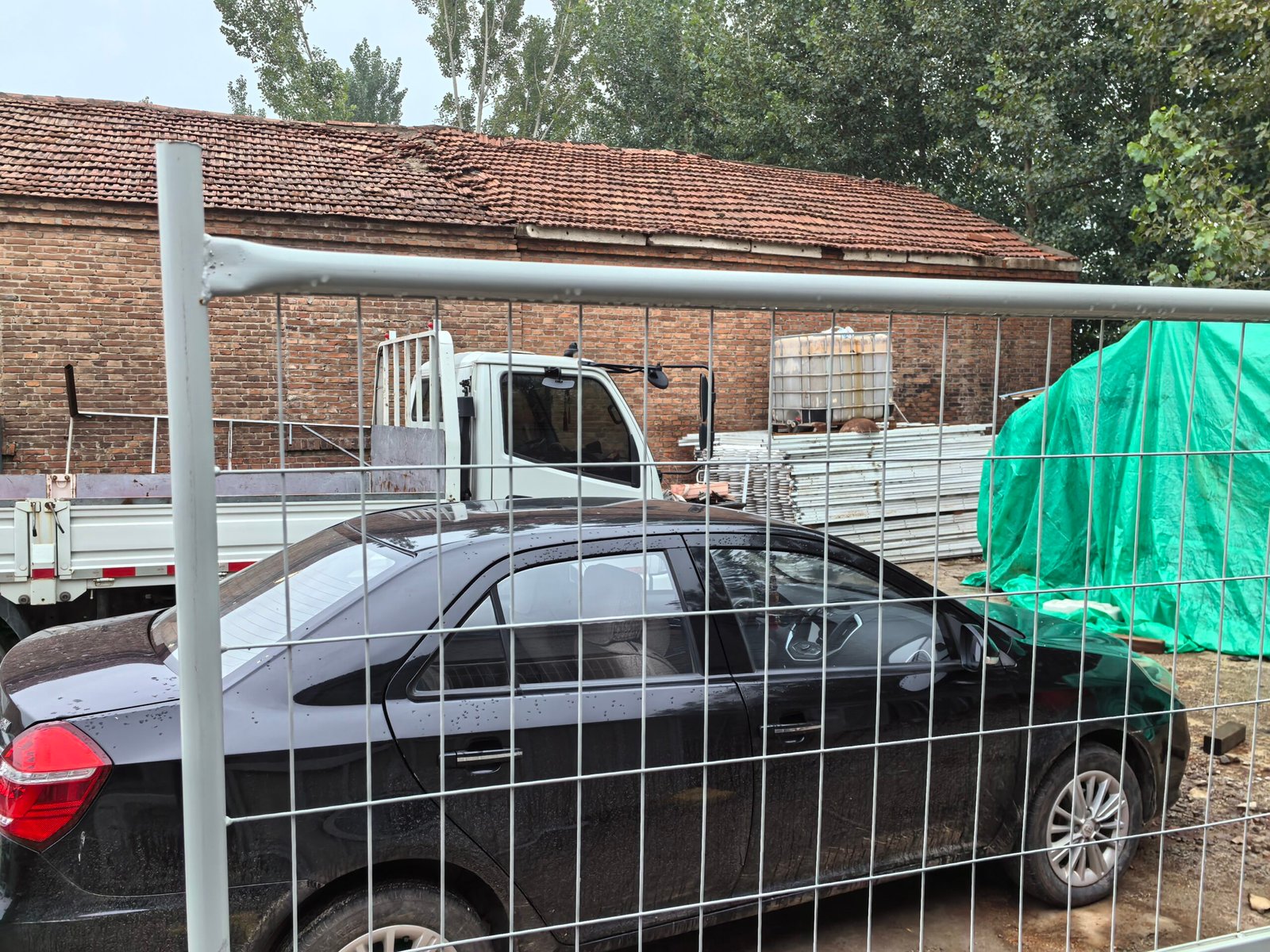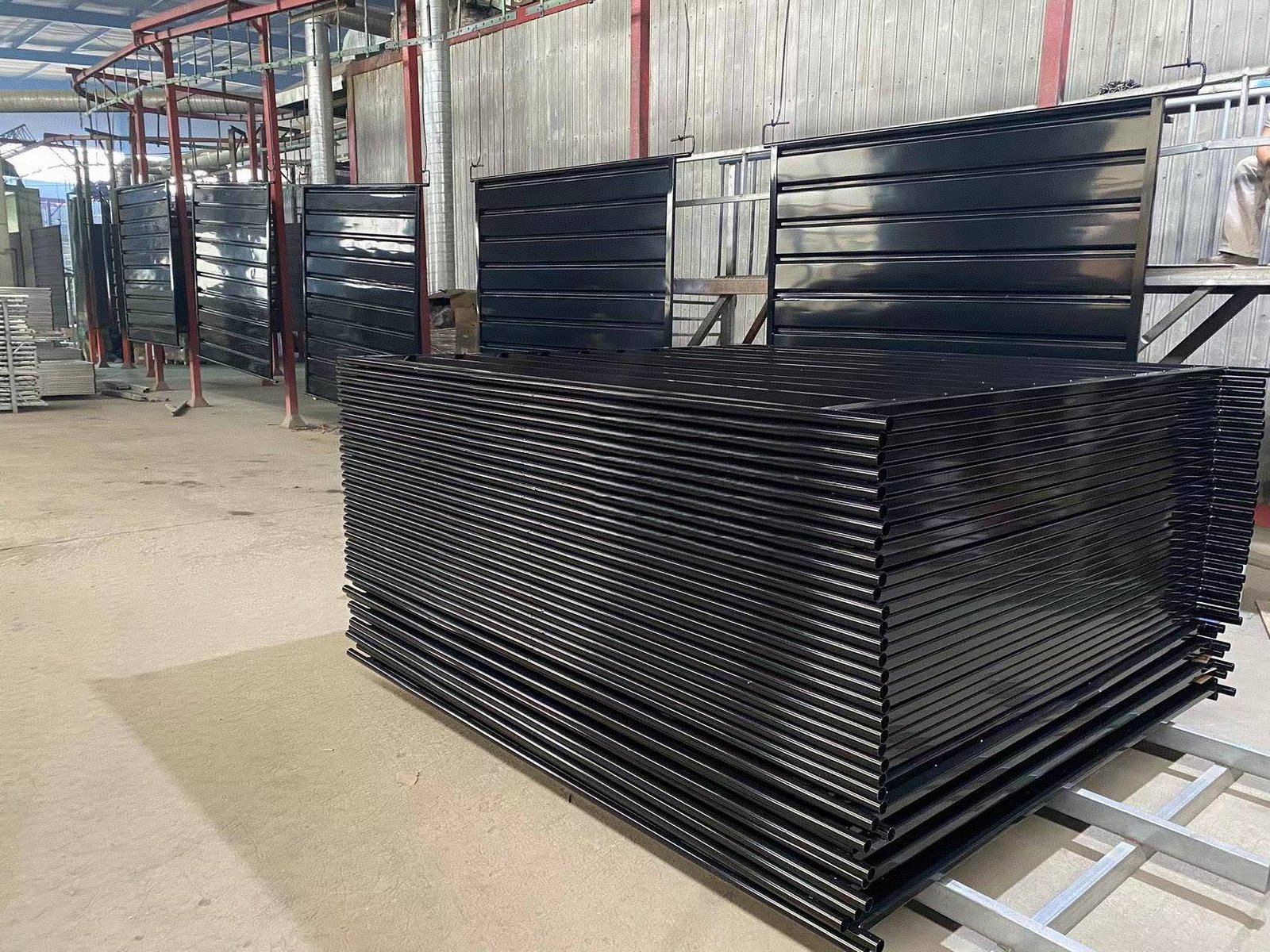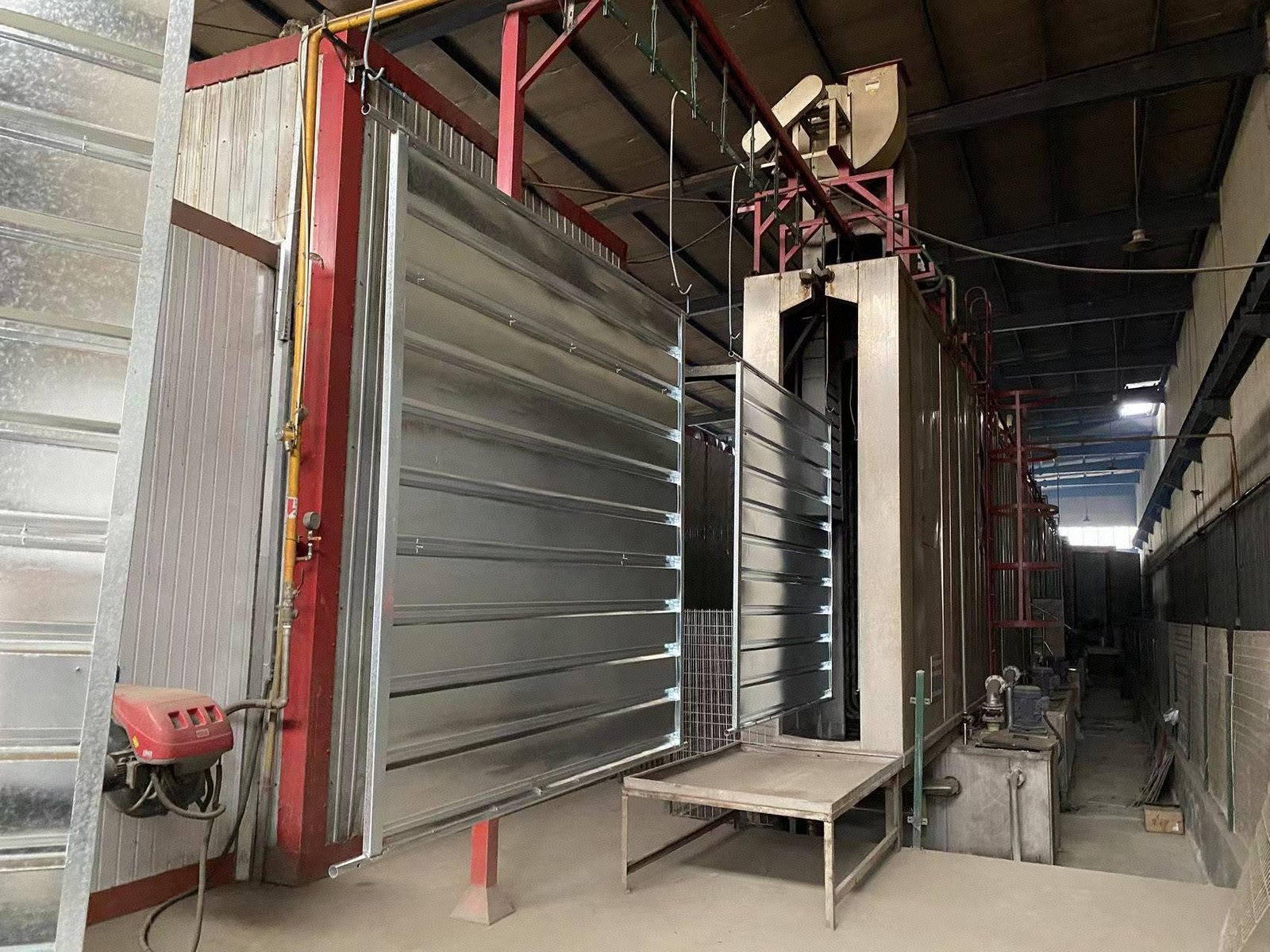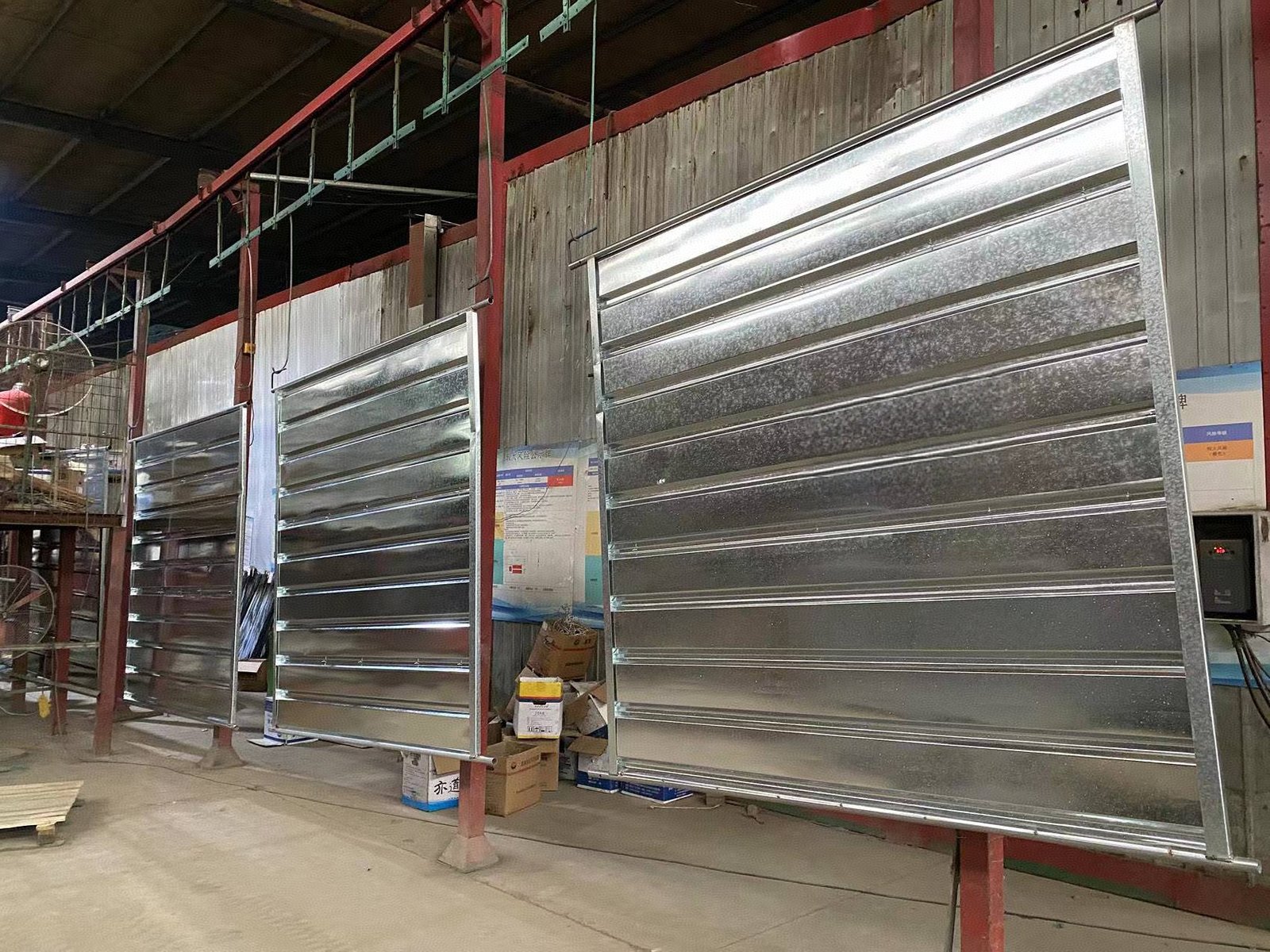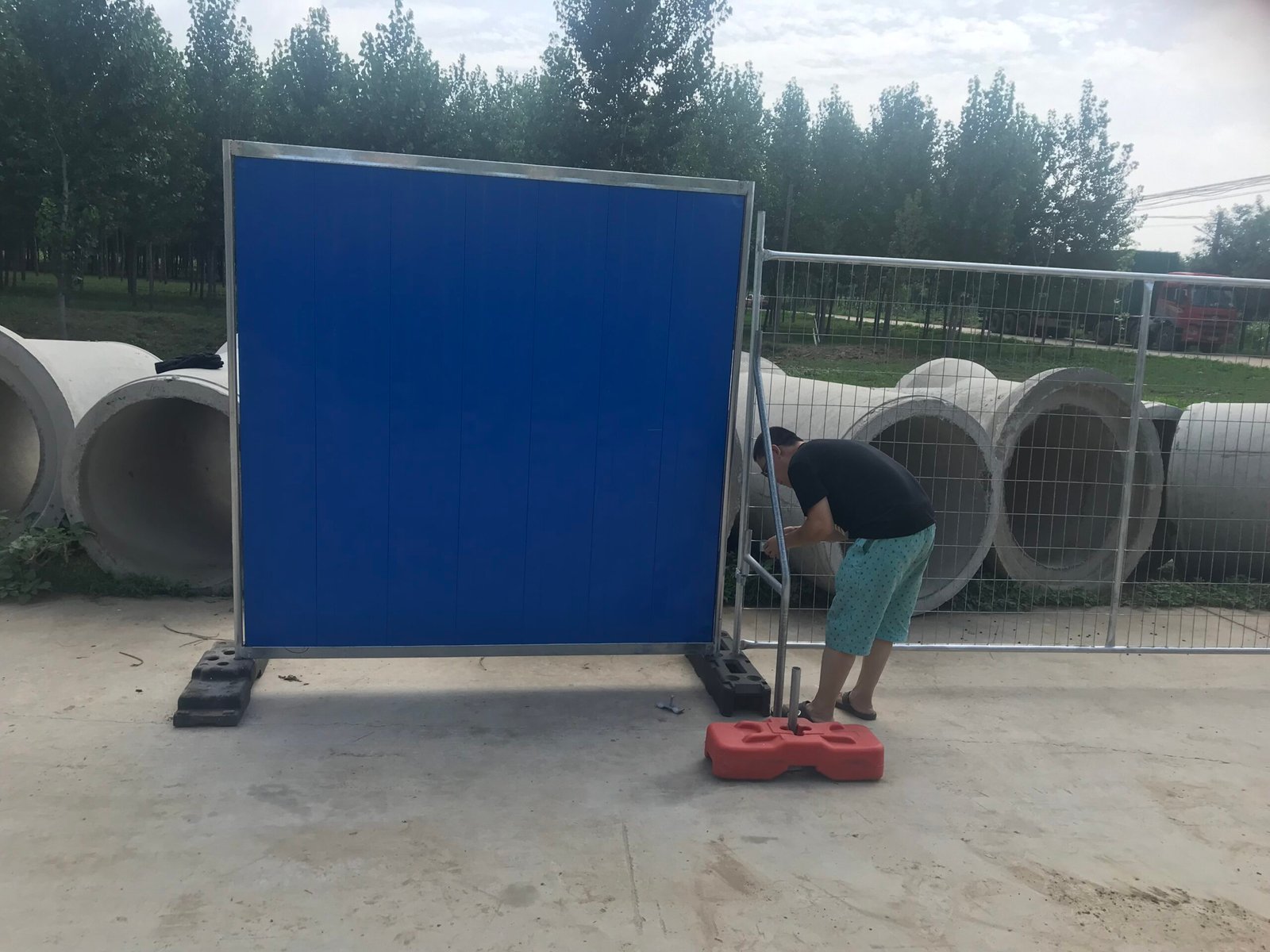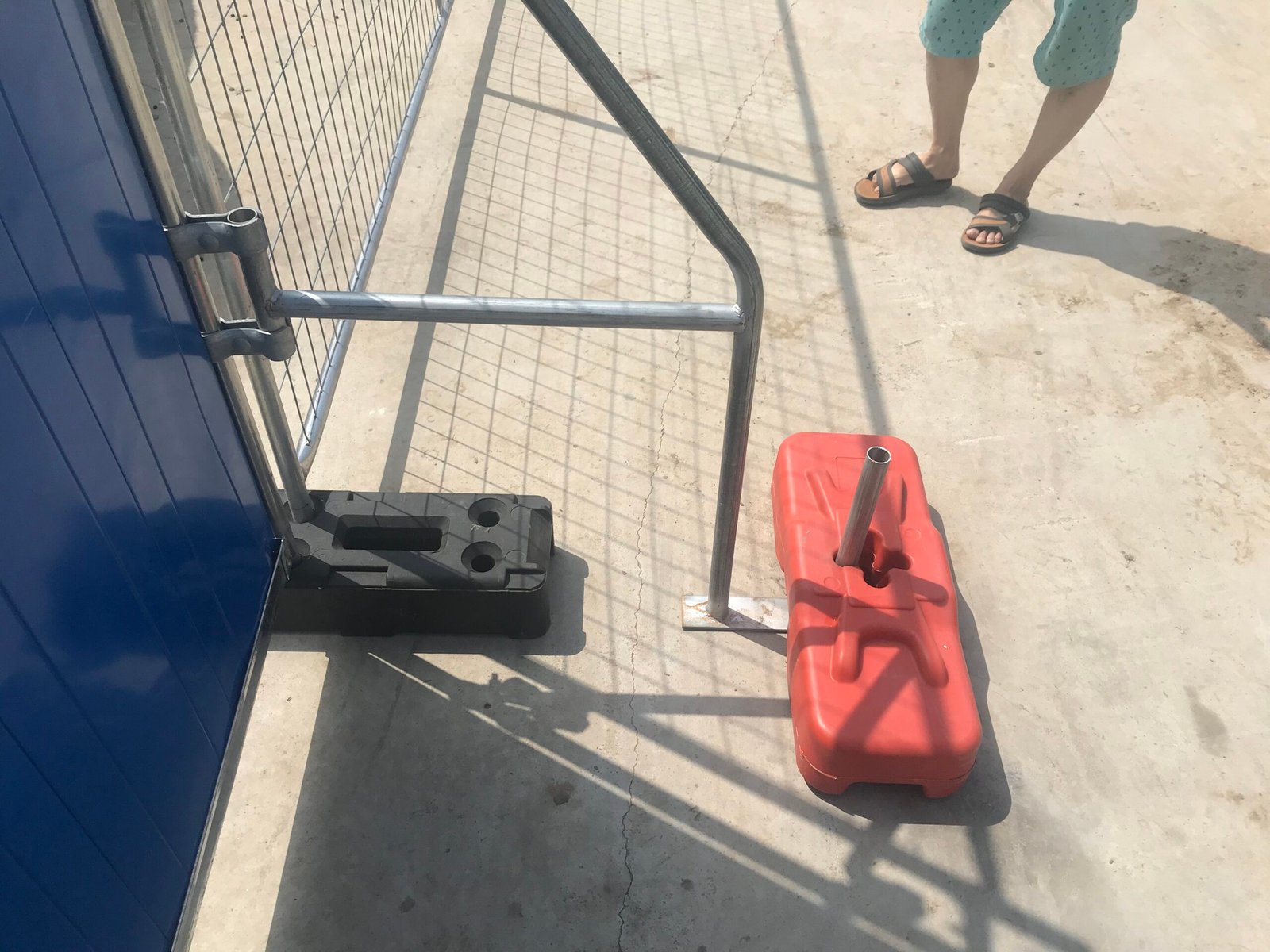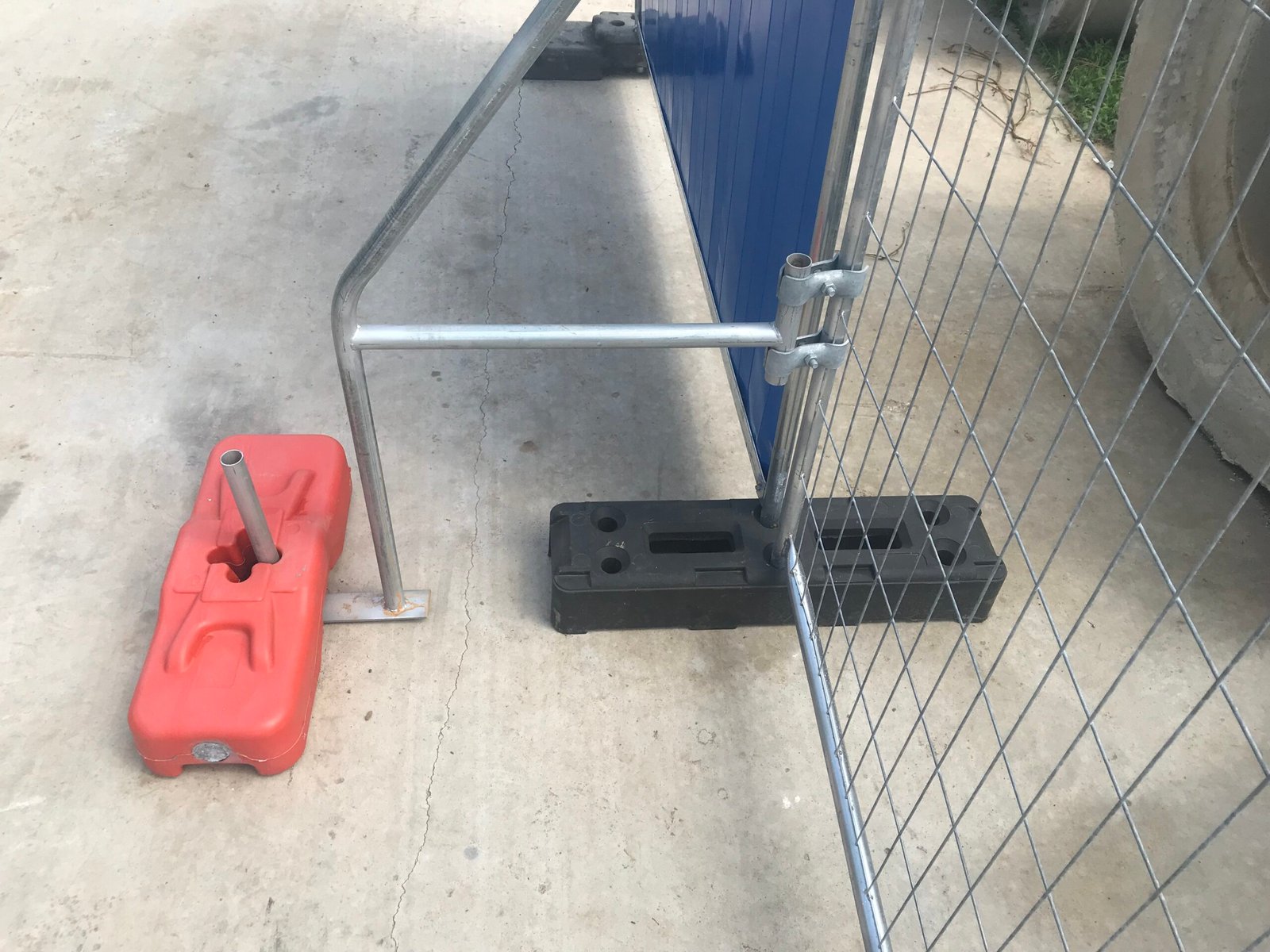Temporary Hoarding Fencing provides a solid, opaque barrier designed for sites that require privacy, security, and restricted access. Frequently used around construction sites, event perimeters, and secure areas, hoarding fences are distinct from standard chain link or mesh fences. These barriers are made from materials like steel, plywood, or high-density polyethylene (HDPE) to ensure they block visibility into the enclosed area. Here’s a closer look at the features, advantages, and considerations when using temporary hoarding fences.
What is a Temporary Hoarding Fence?
Temporary hoarding fences are solid-panel barriers that shield construction sites or other restricted areas from public view. Unlike open mesh or chain link fences, hoarding panels create an opaque screen, which enhances privacy and security. This type of fencing is ideal for projects that need to control access and protect sensitive activities or materials from unauthorized access.
Half Corrugated Sheet and Wire Mesh Hoarding
Advantages of Temporary hoarding fencing
High Security and Privacy
The solid, opaque design of steel hoarding panels provides complete privacy, preventing unauthorized access and visibility into restricted areas. This is crucial on sites that house valuable equipment or confidential activities.
Durability
Constructed from high-quality steel, hoarding panels resist wear and tear and can endure harsh environmental conditions, making them ideal for long-term projects that need reliable outdoor barriers.
Weather Resistance
Galvanized or powder-coated finishes protect steel panels from corrosion and rust, ensuring they withstand rain, sun, and other weather elements without deterioration.
Customizable
Temporary hoarding fencing can be tailored in terms of size, color, and coating. This customization enhances brand visibility, aligns with aesthetic requirements, or matches surrounding environments, making them adaptable to various projects.
Stability
Steel panels are inherently heavy and stable, especially when mounted on a robust base. This weight reduces the risk of shifting or tipping, even in moderately windy conditions.
Disadvantages of Steel Hoarding Panels
Higher Cost
Due to their solid construction and durable materials, steel hoarding panels are typically more expensive than chain link or mesh fences. For projects with tight budgets, this cost can be a limiting factor, especially over large areas.
Heavy and Less Portable
Steel panels are heavier and bulkier than other temporary fencing options, making them harder to transport, set up, and relocate. Installation often requires extra manpower or lifting equipment, which may add to project costs.
Wind Resistance Concerns
In high-wind environments, the solid surface of hoarding panels can act like a sail, increasing the risk of tipping. To counteract this, additional support or anchoring systems may be required, especially in open or high-wind areas.
Limited Flexibility
Due to their rigidity and weight, Temporary hoarding fencing can be challenging to set up on uneven ground or irregularly shaped sites. Additional adjustments may be necessary, which can increase installation time.
Maintenance Requirements
Though generally weather-resistant, hoarding panels with powder coating may need occasional maintenance to prevent scratches or preserve appearance. Routine cleaning may also be necessary to keep panels looking professional on high-visibility sites.
Conclusion
Temporary hoarding fence panels offer a reliable and private solution for construction sites, events, and any projects requiring visual and physical barriers. Their solid construction, durability, and customizable options make them a popular choice for projects needing privacy, security, and aesthetic appeal. While hoarding fences may involve a higher upfront cost and require careful handling, they provide a secure, long-lasting, and versatile option for temporary site protection.

